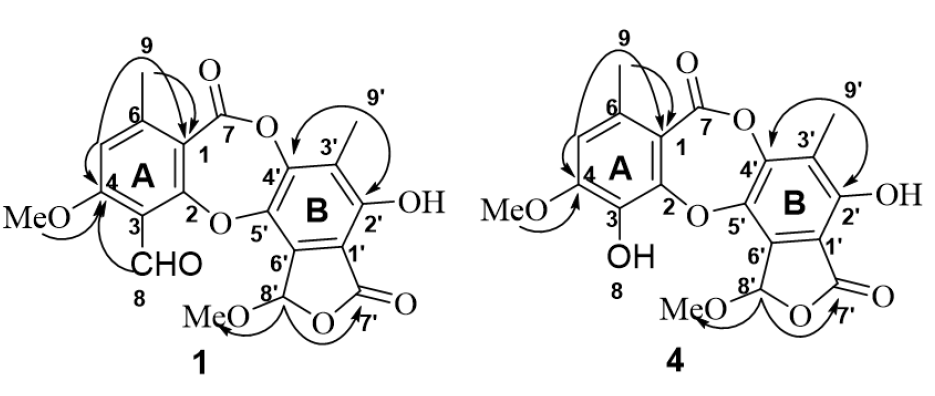
Extraction, isolation and characterization of depsidones from Usnea baileyi (Stirt.) Zahlbr collected from tree barks in Tam Bo Mountain of Di Linh, Lam Dong Province, Viet Nam
- Natural Products Research Unit, Department of Chemistry, Faculty of Science, Chulalongkorn University, Pathumwan, Bangkok, Thailand
- Department of Chemistry, Ho Chi Minh City University of Education, 280 An Duong Vuong Street, District 5, Ho Chi Minh City, Viet Nam
Abstract
Chemical data on the lichen Usnea baileyi are scarce. The current investigation reports the extraction, isolation and characterization of depsidones from this lichen collected in Lam Dong Province. Eight depsidones were isolated and elucidated, including methylstictic acid (1), stictic acid (2), cryptostictic acid (3), 8’-O-methylmenegazziaic acid (4), menegazziaic acid (5), 8’- O-methylconstictic acid (6), constictic acid (7), and hypoconstictic acid (8). Multi chromatographic methods comprising normal phase silica gel column chromatography and thin layer chromatography were applied to the crude acetone extract to isolate and purify compounds 1-8. Their chemical structures were elucidated by spectroscopic analysis as well as comparing their data with ones in the literature.

